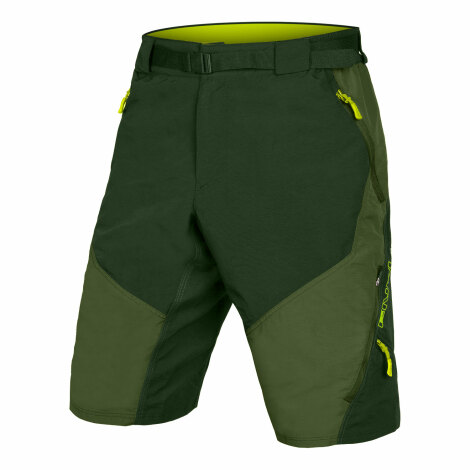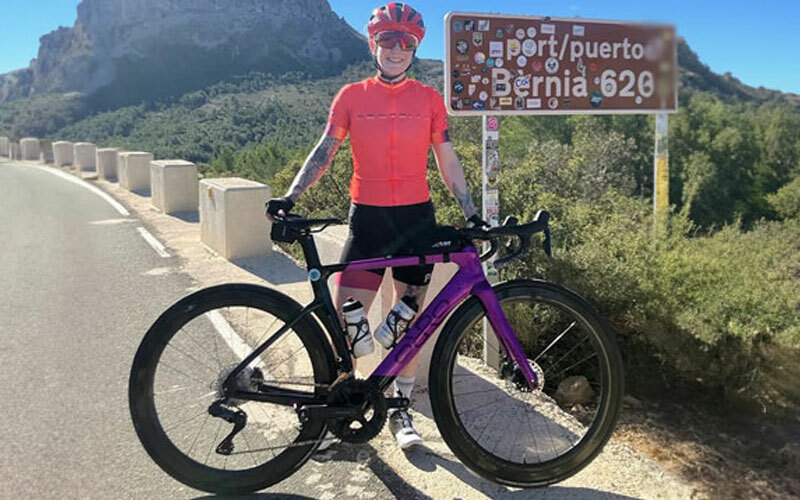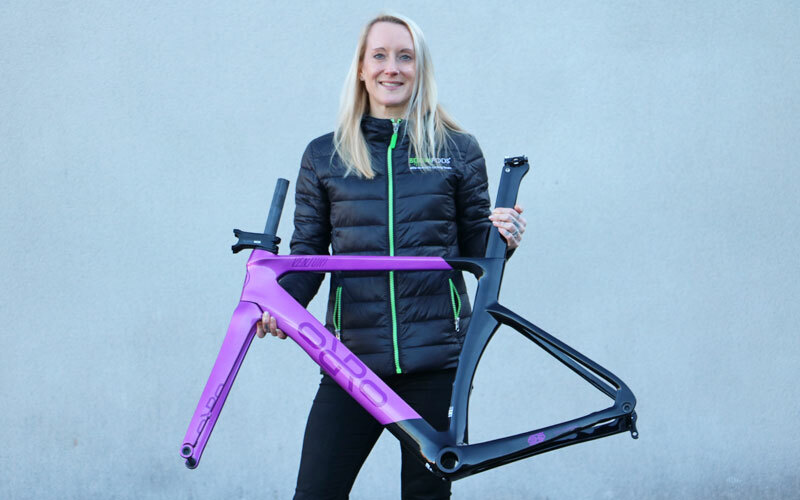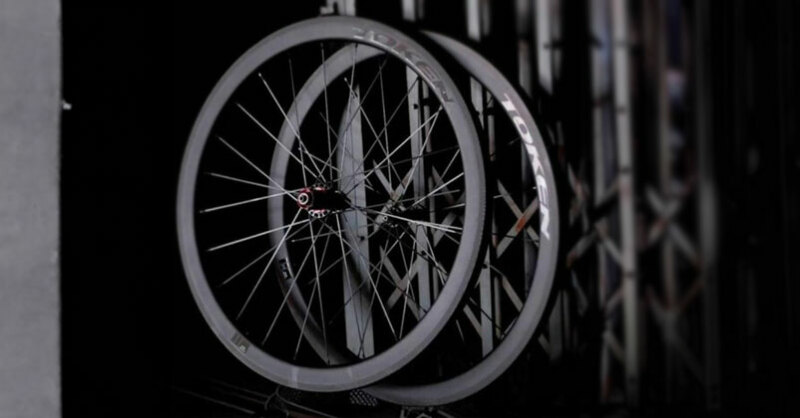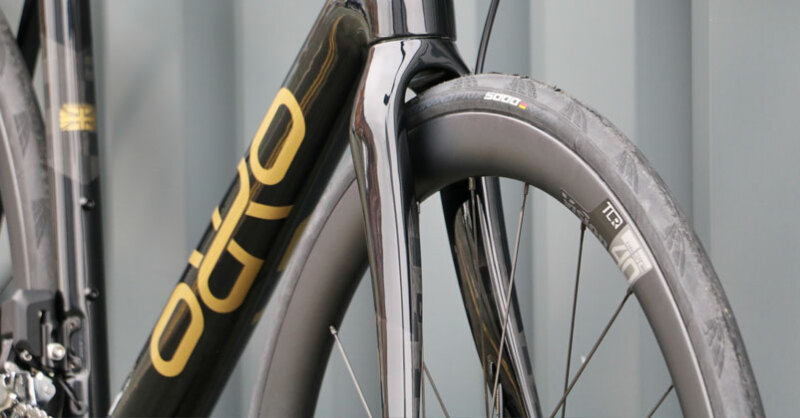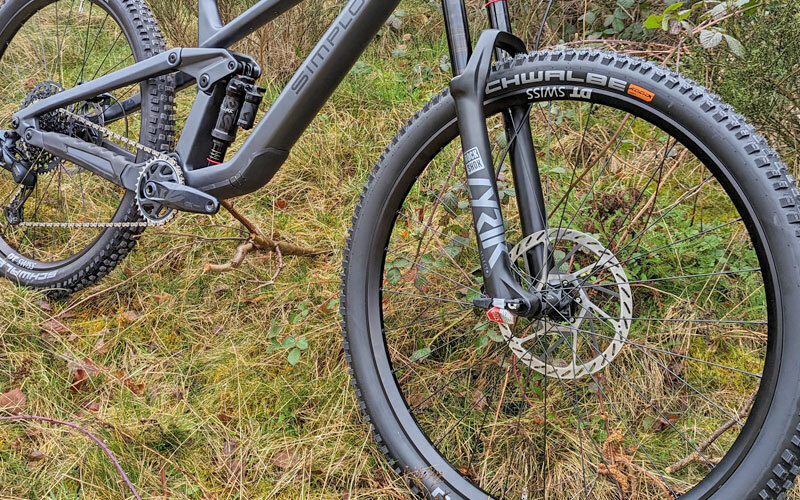Beginners Guide To MTB
While mountain bikes share some similarities with road bikes; they have wheels, pedals and a saddle. There are a lot of differences if you are moving to mountain biking from road riding. Generally, mountain biking is more about skills, control and experiences, compared to road riding’s focus on aerodynamics, fitness, power and performance.
.jpg)
What’s an MTB?
Mountain bikes tend to have a longer frame and shorter cockpit (bars & stem) for a more upright riding position, more about control than aerodynamics. Mountain bikes tend to have fatter, grippier tyres and either front or full suspension to help soak up trail terrain. In mountain biking there are a few types of bike depending on what type of mountain biking you want to do. Cross-Country bikes are ideal for general off road riding on relatively tame trails. All Mountain / Enduro style bikes are usually full suspension and are more capable of trickier terrain with bigger drops and jumps. Aggressive Hard-tail bikes can handle all but the craziest drops and jumps but can still climb well, thanks to being relatively light weight - front suspension only. Downhill bikes are designed to soak up huge drops and jumps at speed and handle a lot of stresses through its full suspension set up.
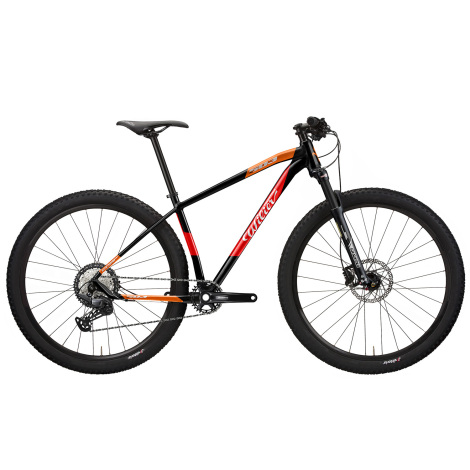
Why are some Wheels bigger than others?
Mountain bikes come with either 27.5” (also known as 650b) wheels or 29er (29”) wheels. The smaller 27.5” wheels are lighter in weight, easier to maneuver in tight, tricky sections. Smaller wheels are also more manageable in smaller size bikes. 29” wheels tend to hold momentum longer and are able to roll over bigger obstacles. 29” wheels are the same size as 700c road bike wheels.
Are MTB Tyres all the same?
Mountain bike tyres are designed for specific different types of terrain. Hard packed, smoother surfaces are better tackled on smoother (less big knobs) tyres. At the other end of the spectrum, Soft, muddy trails need big spaced out knobs to dig into the ground for more traction. Similarly, wider tyres offer more grip and can be run at lower pressures – ideal for soft ground. Narrower tyres tend to be lighter and faster but can offer less grip.
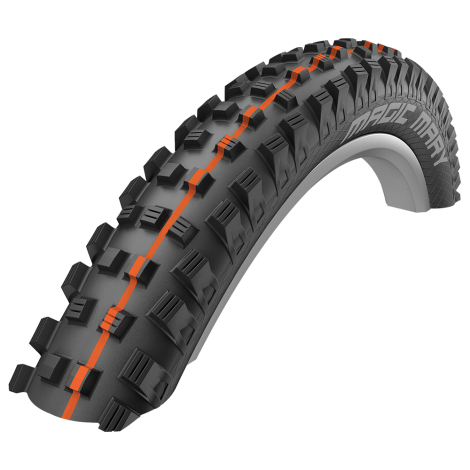
Which Pedals?
Mountain bikers are pretty much split 50 / 50 between ‘clip in’ and ‘flat’ pedals. If you are starting out on a mountain bike, flat pedals are great for confidence and much easier to get on with as you learn and practice new skills. Clip-in pedals & shoes are more efficient in terms of pedaling but can be awkward if you constantly need to keep putting your feet down.
How do I start?
Start local and easy for your first rides, relatively tame, beginner trails and tracks will get you used to your bike and how it handles different types of terrain. Compared to riding on the road, mountain biking demands more changing of position and shifting around on the bike, it’s more of an all-over work-out than just the legs, so don’t be surprised if you pick up some aches and pains from your first rides. As you get more used to riding, find some slightly trickier, more demanding sections of trail and practice skills such as weighting & unweighting both wheels and picking better lines through corners.
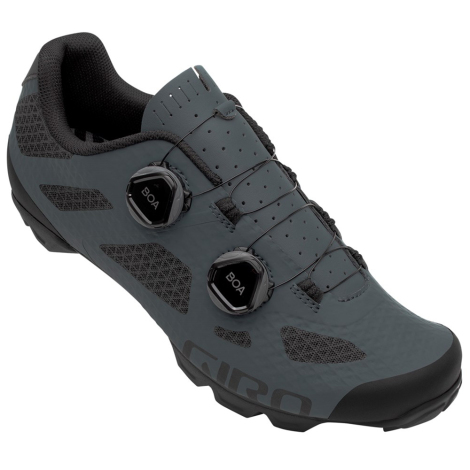
Should I go to a Trail Park / Centre?
Once you have picked up some basic skills, the easier routes of a trail park could well be calling. Trail parks tend to have routes marked according to difficulty. Green routes are designed for beginners with a relatively flat and wide trail surface. Blue routes introduce slightly more challenging tracks and feature more technical sections. Red routes can include rock gardens, berms and wooden boarwalks / drops and are targeted towards more experienced riders. Black routes are for more skilled riders and can include sections which need 100% commitment over larger drops and jumps, as well as trickier rock gardens and very challenging sections.
